Drought and gardening?
Bob_B
10 years ago
Related Stories
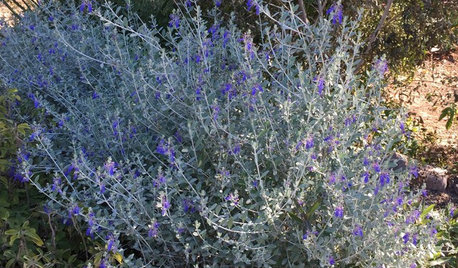
GARDENING GUIDESGreat Design Plant: Teucrium Fruticans for Drought-Tolerant Gardens
The silvery-gray foliage and blue flowers of this Mediterranean native stand out in low-water landscapes
Full Story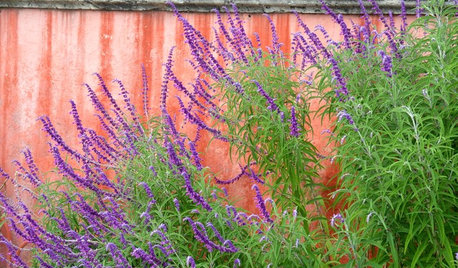
GARDENING GUIDES10 Plants for Colorful Fall Blooms in the Drought-Tolerant Garden
Want fall color but not a big water bill? Consider these not-too-thirsty fall bloomers
Full Story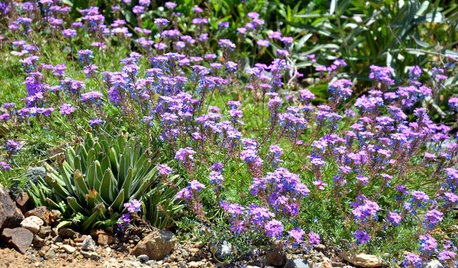
FLOWERS AND PLANTSGlandularia Pulchella Trails Color Through the Drought-Tolerant Garden
Masses of purple blossoms and finely textured foliage cover the ground of arid gardens from spring to fall
Full Story
GARDENING GUIDES10 Drought-Tolerant Shrubs That Thrive in Full Sun and Reflected Heat
Got a hot spot in your garden where plants often die? Try these tough shrubs that add beauty while shrugging off the heat
Full Story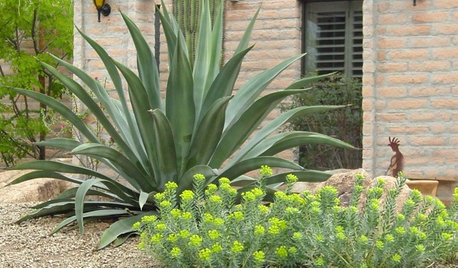
GARDENING GUIDESHow to Spot a Drought-Tolerant Plant
Label? Who needs a label? Learn the characteristics of plants that can thrive in hot, dry conditions to help you pick the right ones
Full Story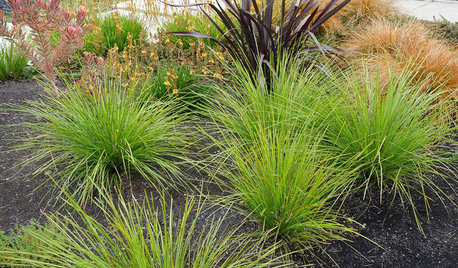
GRASSESVersatile Breeze Mat Rush Sails Into Drought-Tolerant Yards
Grassy Lomandra longifolia thrives year-round in shady and sunny gardens, in containers and in the ground
Full Story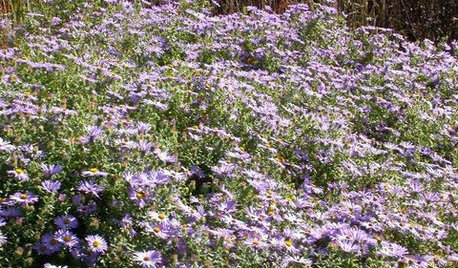
GARDENING FOR BUTTERFLIESGreat Design Plant: Aromatic Aster Keeps on Blooming
Tough as nails, drought loving, a deep fall bloomer ... this aster is a champ in sunny gardens
Full Story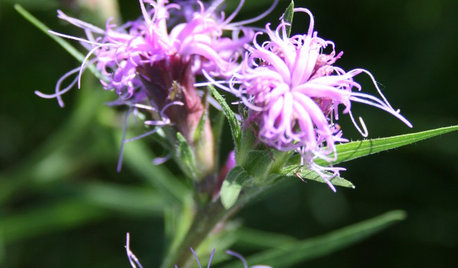
GARDENING GUIDESGreat Design Plant: Liatris Squarrosa
This big-bloomed, drought-tolerant native deserves a place in many butterfly gardens
Full Story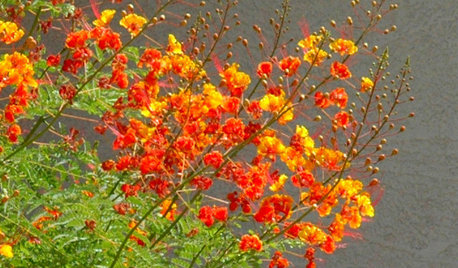
GARDENING FOR BUTTERFLIESGreat Design Plant: Red Bird-of-Paradise Soars With Color
Fiery bursts of red-orange flowers bring hot summer gardens to life, while this shrub's drought tolerance keeps the living easy
Full Story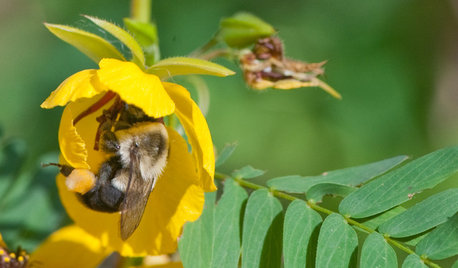
GARDENING GUIDESGreat Design Plant: Chamaecrista Fasciculata Brightens City Boulevards
Plant partridge pea in eastern U.S. gardens for its bright yellow flowers, lacy foliage and drought tolerance
Full StoryMore Discussions






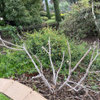
socks
paleogardener
Related Professionals
Wrentham Landscape Architects & Landscape Designers · Forest Acres Landscape Architects & Landscape Designers · Grand Haven Landscape Architects & Landscape Designers · Hyattsville Landscape Architects & Landscape Designers · Taylorsville Landscape Architects & Landscape Designers · Peabody Landscape Contractors · Wakefield Landscape Contractors · Plymouth Landscape Contractors · Casselberry Landscape Contractors · Lisle Swimming Pool Builders · Jacksonville Window Contractors · Town 'n' Country Window Contractors · Lansdowne Window Contractors · West Haven Window Contractors · Lindenhurst Window ContractorsCA Kate z9
MrClint
jenn
lynne3450
jenn
paleogardener
CA Kate z9
gobluedjm 9/18 CA
Bob_BOriginal Author
nil13
jenn
paleogardener
gyr_falcon
nil13
gyr_falcon
sffog
farmerkevin
nil13
farmerkevin
nil13
desert_cat_ca
farmerkevin
nil13
sffog
farmerkevin
psient
nil13
chadinlg Zone 9b Los Gatos CA
Laurel Zito
MrClint
Laurel Zito
MrClint
psient
Laurel Zito
gyr_falcon
nil13
Embothrium
Suzi AKA DesertDance So CA Zone 9b
Suzi AKA DesertDance So CA Zone 9b
firstmmo